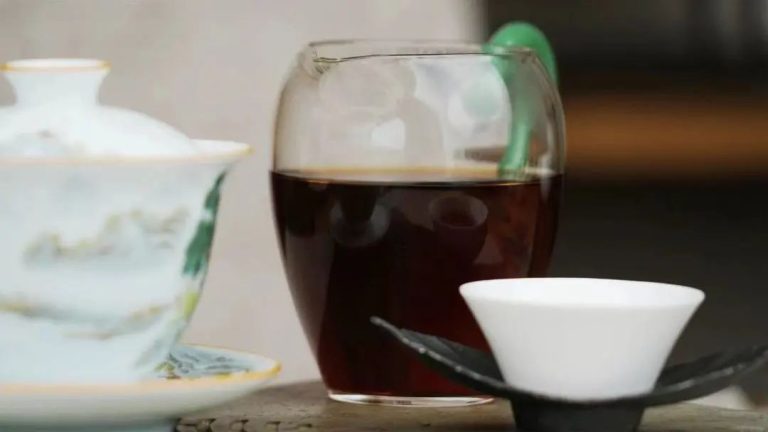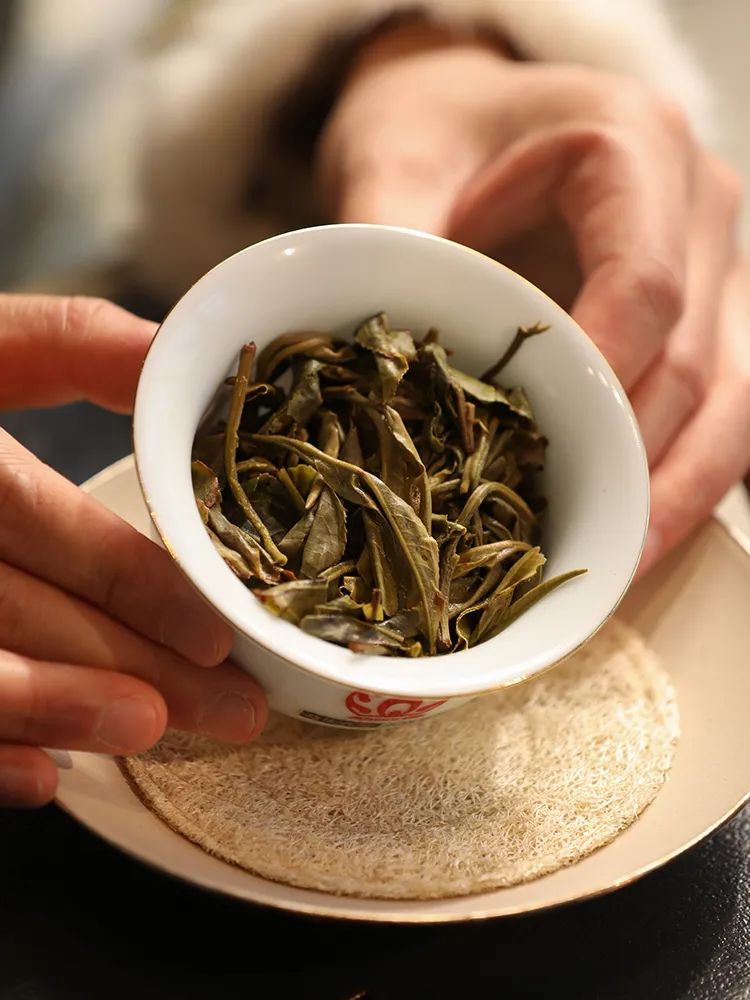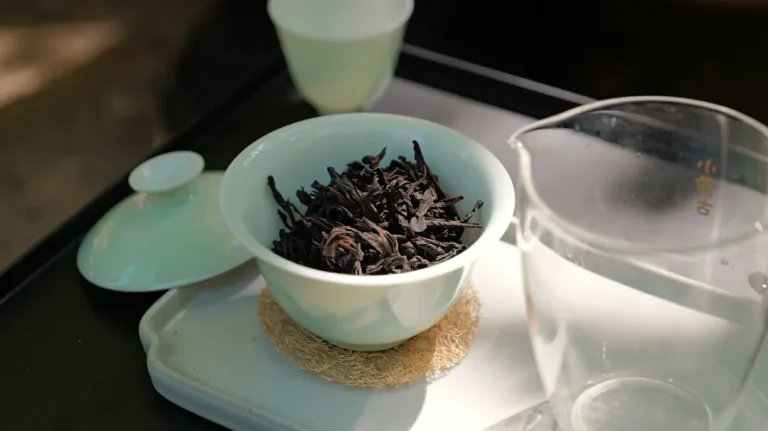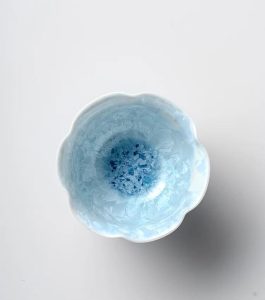
Tea pots are more than just tools for brewing tea. They are central to the rituals of tea drinking across cultures and are often viewed as functional works of art. Whether you prefer the simplicity of a Yixing clay pot or the elegance of a modern glass teapot, the design of tea pots has evolved significantly. In this article, I will explore the fascinating history of tea pots, looking at their origins, how they’ve changed over time, and what makes today’s designs so unique.
Why Tea Pots Matter
We all know the ritual of tea drinking, whether it’s a relaxing solo moment or a gathering with friends. But have you ever stopped to think about the tea pot itself? From the humble ceramic tea pot to the sleek and modern smart tea pots, these vessels have played an important role in shaping the tea experience.
In this article, we’ll take a journey through the history of tea pots, from their traditional origins to today’s innovative designs. I’ll also help you decide which tea pot is right for you by looking at the choices available on the market today.
The Origins of Tea Pots
China: The Birthplace of Tea
It’s no surprise that tea pots originated in China, the birthplace of tea. Over 2,000 years ago, tea was drunk using simple clay vessels, but as tea culture evolved, so did the tea pot. The Yixing clay tea pot, first produced in the Jiangsu province, became a symbol of Chinese tea culture. These pots were made from special clay that allowed the tea to develop richer flavours over time.
Key Features of Early Chinese Tea Pots:
- Material: Yixing clay is famous for enhancing the taste of tea over time.
- Design: Simple yet functional, focusing on the tea-drinking experience.
- Functionality: The porous clay allows the tea to absorb flavors and improve with use.
Japan: The Zen Influence on Tea Ceremony
In Japan, tea pots evolved under the influence of Zen Buddhism and the Chanoyu tea ceremony. Tea pots, known as tetsubin, are typically made from cast iron, offering both heat retention and durability. Japanese teapots focus on simplicity and mindfulness, reflecting the Zen approach to life.
Key Features of Japanese Tea Pots:
- Material: Cast iron (tetsubin) is highly valued for its heat retention.
- Design: Minimalist, with clean lines and subtle decoration.
- Functionality: Designed for slow, intentional brewing.
Europe: The Spread of Tea to the West
When tea made its way to Europe through trade, England became a hub for tea drinking. The British developed porcelain tea pots, often ornate and decorated with intricate designs. The invention of porcelain in Meissen, Germany, in the 18th century allowed tea pots to be mass-produced, giving rise to the elegant teapots we associate with traditional British tea time.
Key Features of European Tea Pots:
- Material: Porcelain became the hallmark of British tea pots.
- Design: Decorative and intricate, often showcasing European artistry.
- Functionality: Focused more on aesthetics and refinement than practicality.
Evolution of Tea Pot Designs

Traditional Designs
In the early days, tea pots were crafted with a focus on functionality. Chinese Yixing teapots were designed to enhance the flavor of tea with each use, while European porcelain pots were crafted to make tea time a more refined social event. Teapots were often hand-crafted and prized for their beauty and utility.
Key Features of Traditional Tea Pots:
- Materials: Yixing clay and porcelain were common.
- Designs: A mix of simple function (China) and ornate aesthetics (Europe).
- Functionality: Tea pots were designed to improve the tea-drinking experience.
Industrial Revolution & Innovations
The 19th and 20th centuries brought industrialization and technological advances that changed the way tea pots were made. Mass production made tea pots more affordable and accessible, while new materials such as glass and metal introduced more diversity in design. Tea pots also became more practical with built-in infusers and better heat retention.
Key Innovations in Tea Pot Design:
- Glass Tea Pots: Transparent design allows you to see the tea leaves unfurl.
- Metal Tea Pots: Cast iron and stainless steel became popular for their heat-retaining properties.
- Mass Production: Tea pots became widely available, making them a household staple.
Modern Tea Pot Designs
Contemporary Styles and Materials
Today’s tea pots come in a variety of materials, from ceramics to glass, metal, and even silicone. Modern tea pot designs reflect the diverse needs and preferences of tea drinkers, offering everything from minimalist designs to those with advanced features, such as temperature control.
Popular Materials for Modern Tea Pots:
- Ceramic: Still a favourite for its traditional feel and heat retention.
- Glass: Perfect for showing off delicate loose-leaf teas.
- Metal: Stainless steel and cast iron for durability and heat retention.
Functionality vs Aesthetic Appeal
In today’s market, modern tea pots strike a balance between functionality and aesthetics. Some tea pots are built for performance, featuring automatic brewing, temperature control, and even smart technology. Meanwhile, others focus on style and design, appealing to tea drinkers who want a pot that reflects their taste.
Key Features of Modern Tea Pots:
- Built-in Infusers: For easy loose-leaf tea brewing.
- Smart Tea Pots: Some even come with apps or buttons to control temperature and brew time.
- Minimalist Designs: Sleek, simple designs with easy functionality.
Eco-friendly and Sustainable Designs
As the world becomes more conscious of sustainability, eco-friendly tea pots are gaining popularity. From bamboo handles to natural clay glazes, tea pot manufacturers are using more sustainable materials and ethical production processes.
Sustainability in Tea Pot Design:
- Materials: Natural materials like bamboo and eco-friendly glazes.
- Ethical Manufacturing: Focus on responsible sourcing and production.
Tea Pot Design Trends Today
Minimalist Tea Pots
The minimalist trend has found its way into teapot design. These pots are simple, and functional, and often focus on smooth lines and clean shapes. If you’re someone who appreciates efficiency and clean design, minimalist teapots might be just what you’re looking for.
Characteristics of Minimalist Tea Pots:
- Clean Lines: Simple and uncluttered designs.
- Practical: Easy to use, often with built-in infusers or spouts designed for precise pouring.
Customization and Personalization
More and more people are opting for customized tea pots. Whether it’s a handmade ceramic pot or a personalized design, there’s a growing demand for teapots that reflect individual taste and style.
Personalization Trends:
- Handmade: Custom-designed pots crafted by artisans.
- Personalized Designs: Adding initials or choosing a specific color to make your tea pot unique.
Smart Tea Pots
The rise of smart technology has made its way into the world of tea pots. Some modern designs now include features such as temperature control, automatic brewing cycles, and even remote access via smartphone apps.
Smart Features in Tea Pots:
- Temperature Control: Ensure your tea is brewed at the perfect temperature.
- Automated Brewing: Set your teapot to brew at the optimal time.
The Cultural Significance of Tea Pots
Tea Pots as Collectibles
Tea pots have also become valuable collectibles. Antique or limited-edition teapots can hold great cultural and historical significance. Some rare pots are even considered investment pieces.
Collecting Tea Pots:
- Antique Tea Pots: Old teapots are highly valued, especially those with historical significance.
- Limited Editions: Some brands release exclusive, limited-edition teapots that are highly sought after.
Tea Pots as Gifts
In many cultures, tea pots are symbolic of hospitality and respect. Whether it’s for a wedding, holiday, or special occasion, gifting a teapot is a meaningful way to express goodwill.
Tea Pots as Gifts:
- Symbol of Status: High-quality tea pots are often given as prestigious gifts.
- Cultural Tradition: In many cultures, gifting a tea pot shows appreciation and respect.
How to Choose a Tea Pot: Traditional or Modern?
Choosing the right tea pot depends on your needs and preferences. Here’s what to consider when selecting a tea pot:
- Material: Are you drawn to the warmth of ceramic, or do you prefer the sleekness of glass or metal?
- Functionality: Do you need a temperature-controlled pot or a simple, manual design?
- Style: Do you want a traditional tea pot, or something more modern and minimalistic?
Finding the Perfect Tea Pot for You
Tea pots have come a long way, evolving from simple, functional vessels to innovative, aesthetically pleasing designs. Whether you prefer a traditional clay pot or a smart, temperature-controlled model, there is a tea pot out there that fits your style and needs. So, take your time, choose wisely, and enjoy the experience that a good tea pot can bring to your tea rituals.
FAQs
It depends on your needs. Ceramic tea pots retain heat well, while glass pots let you see the brewing process. Metal tea pots are durable, and cast iron pots are excellent for heat retention.
It depends on the tea ceremony. For Japanese tea ceremonies, a tetsubin is ideal. For other types, a traditional Yixing pot or a classic porcelain tea pot could work well.
The cleaning method depends on the material. Ceramic pots can usually be rinsed with warm water, while cast iron pots need to be dried thoroughly to avoid rust. Avoid soap on clay pots as it can absorb the soap and affect the flavour of future brews.







